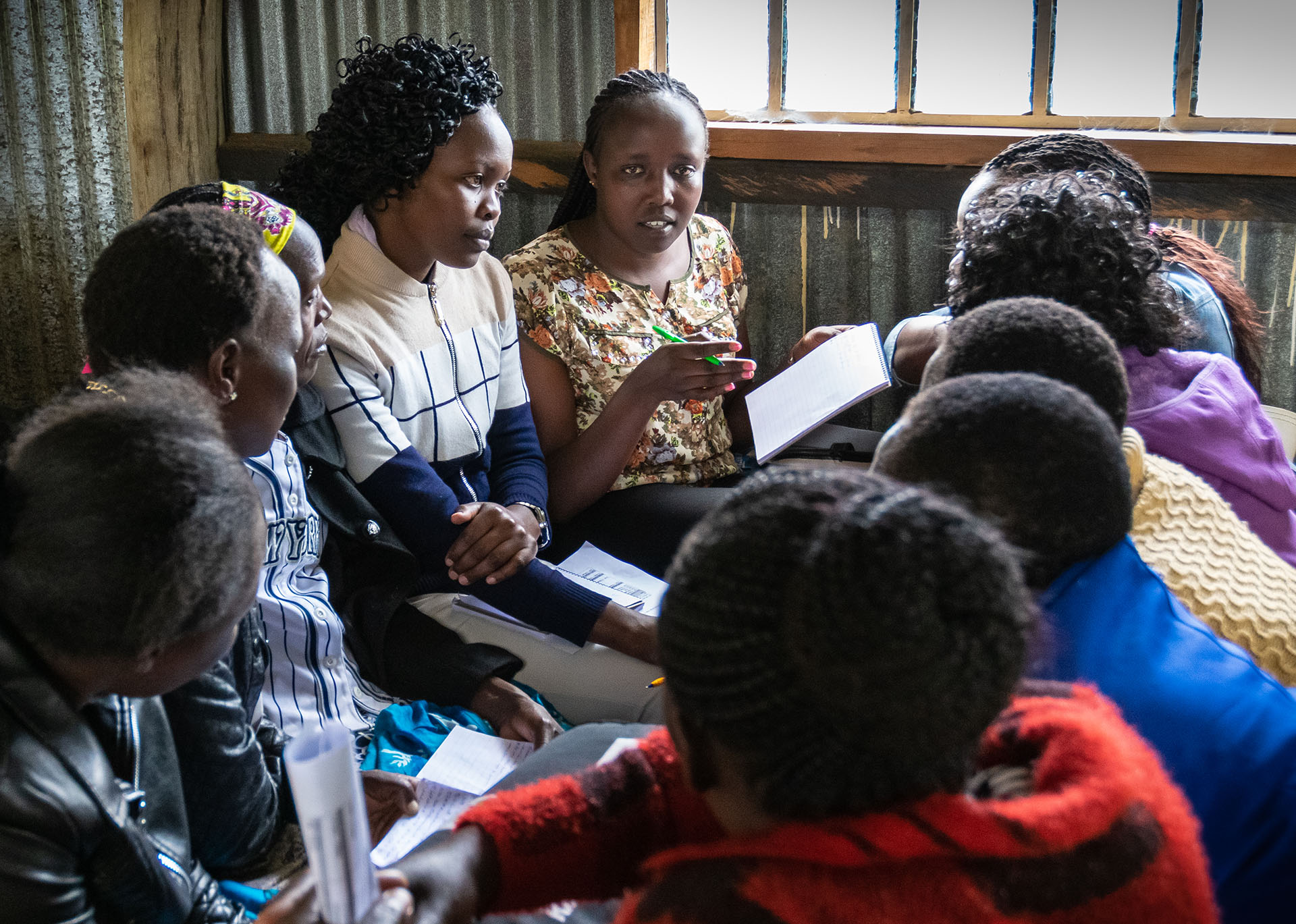Videos
Rehousing for older social housing tenants in Hackney, London
Appropriate housing is fundamental to health and wellbeing. Rehousing programmes are an important means to support older adults to move to more suitable homes. Working with Dr Stefanie Buckner and her colleagues from Cambridge University, we created this 15-minute film describing research in Hackney/London into how well rehousing programmes for older social housing tenants are working.
The film presents the methods used by the researchers, including a photography project capturing older tenants’ rehousing experiences, and it highlights what the research has found. It features older tenants and housing professionals who participated in the study discussing where rehousing programmes are working well, and where improvements are needed.
You can access a short (2 minutes 20 seconds) version of the film here


The Killer in the Kitchen
We made this 4-minute video to describe work being carried out by the Liverpool University’s NIHR-funded Global Research Group ‘CLEAN-Air (Africa)’ (now a Unit) to reduce the disease burden caused by the polluting household fuels that are still relied upon by 3 billion people.
The research programme is led by Professor Daniel Pope and Dr Elisa Puzzolo at Liverpool, and works in collaboration with a number of Sub-Saharan African countries that are committed to switching their populations away from polluting household fuels.
The film highlights two key initiatives from the group’s activities that are designed to help accelerate the transition to clean fuels, namely ‘Pay-as-you-go’ LPG systems using smart-meters and mobile money, and training of community health workers across the country.
Valuable as these initiatives are, it is also clear that without more such innovation and appropriate investment, Africa will not reach the SDG-7 target of universal access to modern energy by 2030.
Training of Kenyan Community Health Workers to support the transition to clean household energy
As part of the Kenyan Universal Health Coverage (UHC) programme, the Ministry of Health has recently launched a new training programme focused on household air pollution (HAP). This new component, ‘Module 14’, has been developed with a wide range of partners, including our Clean-AIR (Africa) Research Group at the University of Liverpool.
To support the delivery of training, we have produced a set of three short videos, featured here. The films introduce the following topics:
- The topic of household air pollution (HAP) and health;
- The rationale and procedure for testing cookstoves, and;
- The basics of how HAP is measured and the resulting data are interpreted.
You can use the links provided to view the films on the Vimeo platform.


Household Air Pollution: A major risk to the health of Kenyans
This video (duration 2 minutes) provides a brief introduction to the problem of household air pollution (HAP) in Kenya. It explains how high levels of pollutants, including small particles (PM2.5) and carbon monoxide (CO) are emitted from the use of fuels such as wood, charcoal and kerosene. These fuels are still relied upon for cooking, lighting and heating by the majority of Kenyan homes. This pollution currently leads to around 20,000 premature deaths per year in the country, from respiratory disease in adults and children, and cardiovascular disease, stroke and cancer in adults.
Use in Module 14: We use this film to introduce the health risks from HAP in Unit 2.1, and refer to it again in Unit 3.5 to encourage trainees to think about the exposure of different members of the household in the home.
View the film on Vimeo here
Standardised methods for testing stove performance
This video (duration 3 minutes) provides an introduction to the rationale and method for testing ‘improved’ stoves. The test procedures illustrated conform to the international standard for ‘Clean cookstoves and clean cooking solutions’, recently published by ISO. The standards cover efficiency, emissions (PM2.5 and CO), safety and durability, voluntary performance targets, and reporting of test results. The video is set in the test laboratory at KIRDI, Nairobi. Trainees do not need to know details of the stove test methods, but do need to understand why standardised testing is done. They also need to know how they can use the stove performance test results to help households make informed choices.
Use in Module 14: We use this film to provide an overview of testing and standards for cleaner and safer cooking in Unit 2.4. The trainees can see how testing is conducted, as they would not normally experience this during their training or in the course of their work.
View the film on Vimeo here


Measurement of Household Air Pollution
This film (duration 3 minutes) illustrates the measurement of HAP in a kitchen where a wood stove is in use. It also shows the involvement of trainees learning about the instrument, placing this in a suitable location, and discussing the measurement procedures.
The film also compares 24-hour data downloaded from measurements made in kitchens using wood stoves and LPG. These resources are available in the training materials for further discussion.
Use in Module 14: We use this film to introduce methods for the measurement of HAP in Unit 4.2. The purpose is to give trainees an idea of what the measurement procedure entails in practice. The film also prepares them for a visit to homes where they can participate in a practical measurement session.
View the film on Vimeo here